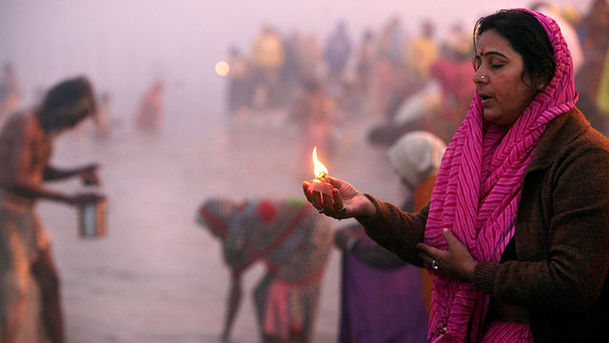Costing the Earth - Cleaning Up the Ganges

"The Ganges, above all is the river of India, which has held India's heart captive and drawn uncounted millions to her banks since the dawn of history. The story of the Ganges, from her source to the sea, from old times to new, is the story of India's civilization and culture, of the rise and fall of empires, of great and proud cities, of adventures of man". So said India's first prime minister, Jawaharlal Nehru. The Ganges holds a sacred place in the Hindu religion. It is a requirement for the 830 million Hindus in the world today to bathe in its waters at least once in their lifetime. Today the Ganges is a filthy shadow of its former majesty but all that is about to change. The World Bank is lending the Indian government $1.5 billion to help clean the river, but it is 10 times the length of the Thames and many argue that its distance from the sea, its proximity to so many fast-growing cities, as well as India's lack of a sewage system mean that it is an impossible task. Efforts to clean-up the Ganges tributary, the Yamuna, have failed and scientists argue that more money is needed to expand treatment plants in Lucknow, Allahabad and Kanpur but sewage first needs to reach these plants. Some argue that water management is the source of the problem and that this is where money should be spent. Climate change and dam building are drying up the river at its source and they argue the only way to clean it is to increase the flow of clean supply. Tom Heap travels the banks of the river to find out if the Holy Ganges can be saved. Producer: Helen Lennard.